Thomas J. Hatem Memorial Bridge (US 40)
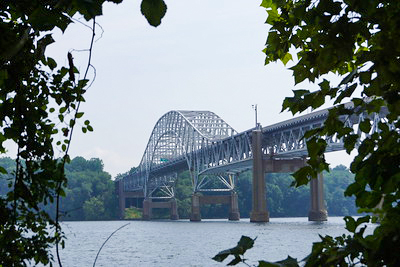 The oldest of the MDTA's facilities, this 1.4-mile, four-lane bridge opened in August 1940. Its spans the Susquehanna on US 40 between Havre de Grace and Perryville in northeast Maryland Tolls are collected in the eastbound directions only.
The oldest of the MDTA's facilities, this 1.4-mile, four-lane bridge opened in August 1940. Its spans the Susquehanna on US 40 between Havre de Grace and Perryville in northeast Maryland Tolls are collected in the eastbound directions only.
Get E-ZPass:
The E-ZPass® electronic-toll-collection system also is available at the Hatem Bridge.
Facility Contact Information:
Mailing Address:
- Thomas J. Hatem Memorial Bridge
6000 Pulaski Highway
Perryville, MD 21903
General Information:
- 410-537-1100
- 1-888-754-0168
- TTY 410-355-7024
- E-mail: [email protected]
Quick Facts:
- Construction Dates: February 1939 - August 1940
- Cost: $5 million
- Location: River between Harford and Cecil Counties; 1.3-mile, four-lane bridge; vertical clearance is 89 feet; 0.5 miles of approach roadway.
- Traffic Volume: 10.2 million vehicles (both directions)
Other Information:
Thomas J. Hatem Memorial Bridge History:
The Thomas J. Hatem Memorial Bridge is eligible for inclusion in the National Register of Historic Places. For more information about its history, follow link to learn more.





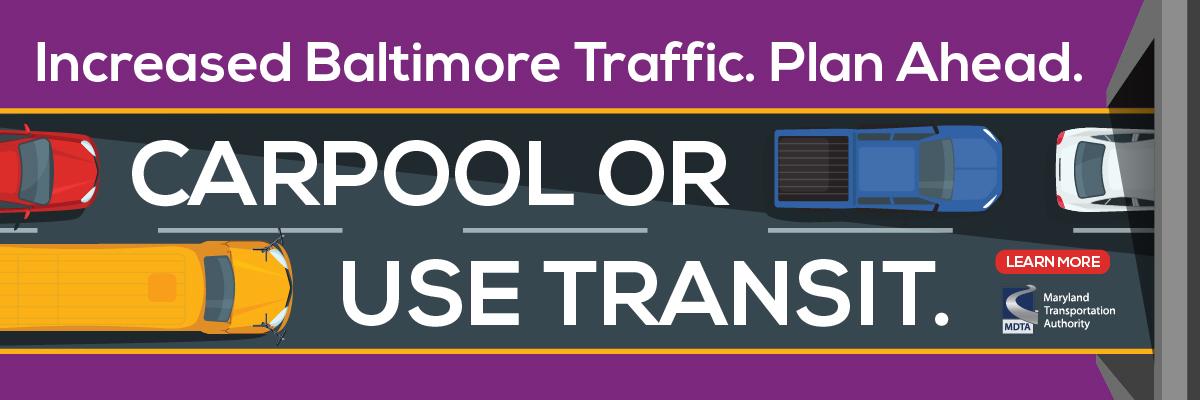


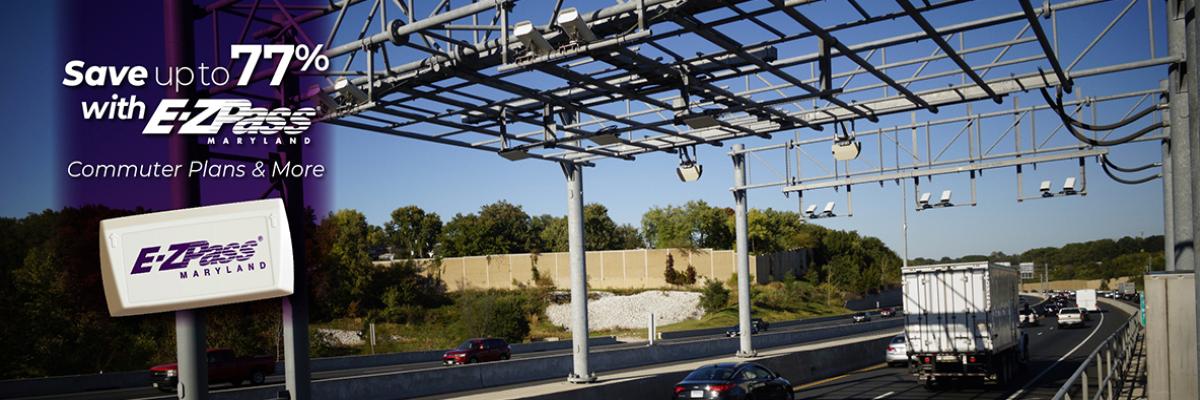
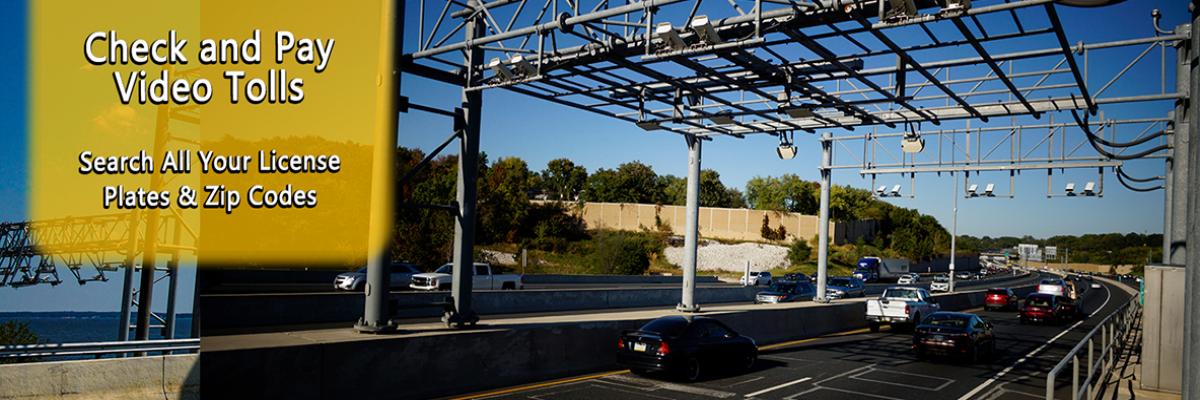
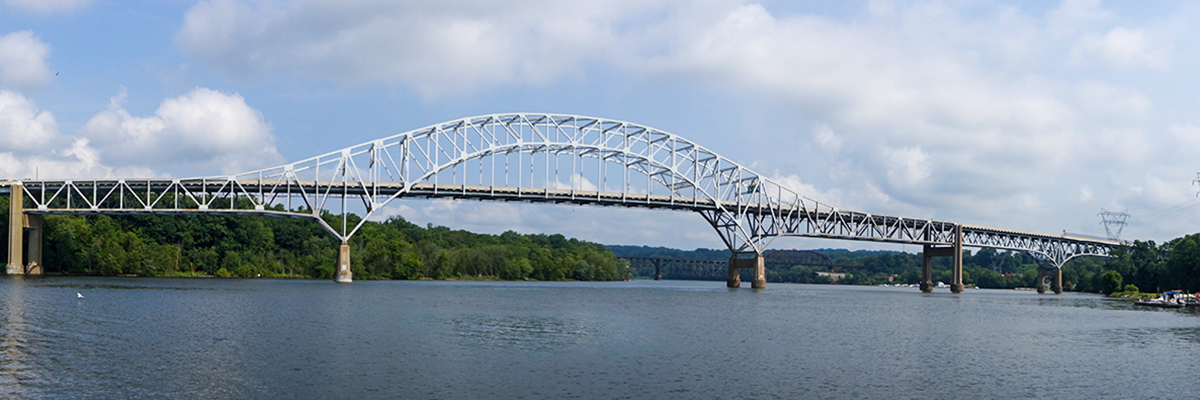
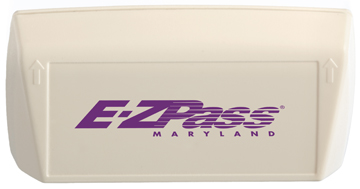

.jpg)
